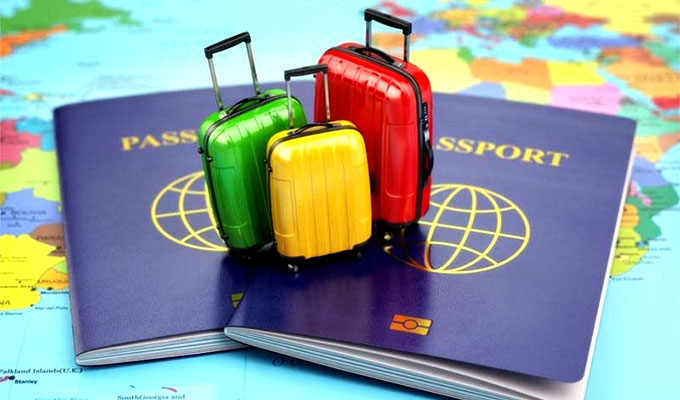A range of activities have been carried out by Viet Nam tourism sector and other related authorities to realise the single ASEAN visa policy.

In 2013, at the first Ayeyawady-Chao Phraya-Mekong Economic Cooperation Strategy (ACMECS) tourism ministerial meeting held in Ho Chi Minh City, gathering representatives from Laos, Cambodia, Myanmar, Thailand and Vietnam, the tourism industry leaders within the ACMECS welcomed this initiative and discussed a solution for the core cooperation issue - a common visa for the five countries to promote free travel.
At the ASEAN Tourism Forum 2016 within the framework of the 19th ASEAN Tourism Ministers’ Meeting held in the Philippines in January 2016, Viet Nam’s tourism leaders announced that the country has been intensifying the implementation of various programmes and plans to closely associate Viet Nam tourism with ASEAN tourism, in line with the ASEAN Tourism Strategy 2016-2025, towards the common goal of building a common attractive destination of ASEAN and to develop an effective and dynamic ASEAN Community.
Currently, Viet Nam is taking a range of measures to support the domestic tourism industry in taking opportunities and enhancing competitiveness from the establishment of the ASEAN Economic Community.
In the immediate future, Viet Nam has been together with other countries to focus on implementing the mutual recognition agreement on tourism workers within ASEAN, based on the ASEAN Common Competency Standards for Tourism Professionals, as well as developing ASEAN tourism standards and certification procedures for green hotels, residential accommodation, public toilets, spa services and clean tourist cities and community-based tourism. Cooperation will also focus on building ASEAN tourism programmes on nature tourism, cultural and heritage tourism, community-based tourism, cruise tourism, waterway tourism and medical tourism.
There is a common Schengen visa model between the 26 European Union member states. Accordingly, international travelers only need to apply for a visa at the consular office in the "main destination" of their trips, where they will perform the main purpose of the trip with their longest stay or where they first arrive.
In principle, ASEAN countries highly value the common ASEAN tourist visa initiative for non-ASEAN citizens. However, the roadmap for implementing this initiative depends on the specific conditions of each country.
One direction to accelerate this initiative is to encourage the formation of visa associations in voluntary and similar groups. Cambodia and Thailand have jointly offered visas for citizens of 35 countries and territories since 2013. Indonesia, Myanmar, Cambodia and the Philippines have also agreed on a flexible common visa programme.
In fact, the process of forming the ASEAN single visa system requires the identifying and harmonising of differences in views, policies and development levels, as well as visa fees, administrative procedures, security and benefit sharing of visas, in addition to the common tourism information system among member countries and the need for consistent and coordinated awareness among agencies within each country.
As a general economic sector with great potential, tourism is creating more than 12% of the GDP and tens of millions of direct and indirect jobs for the entire ASEAN. The application of a common visa system enables visa holders to travel freely among the countries in the block, along with e-visas and visa exemption expanding, is considered key measure to stimulate the development of tourism in particular and the economy in general of each country and ASEAN community, the third largest market in the world with a population of more than 600 million people.
Heading towards a single ASEAN tourism visa system is a good solution to facilitate the visa application process, thereby, driving visitors to stay longer and spend more on their journeys in order to facilitate tourist flow more regularly. At the same time, it would contribute to consolidating intra-regional cohesion and spreading mutual development for the benefit of each country and the interests of the ASEAN community.